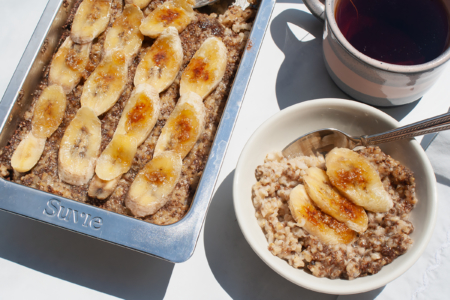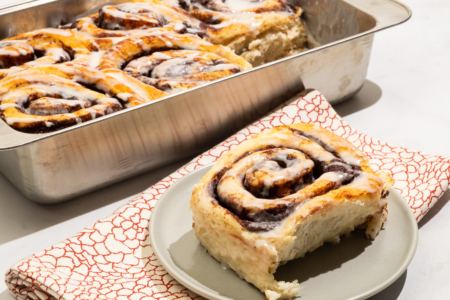From marshmallows to soup stocks to ice creams and yogurts, gelatin is the secret ingredient in a multitude of recipes and dishes. Gelatin is revered for its gelling qualities and its supple, smooth mouthfeel.
What is Gelatin?
Gelatin is a flavorless, colorless substance typically derived from the collagen found in animals. Gelatin can come in sheets, powders, or pellets; some types of gelatin can be used instantly, whereas others must be soaked in water first before use. Gelatin can be used to gel, thicken, or add texture to a wide variety of foods. For this reason, gelatin is a must-have ingredient in the kitchen.
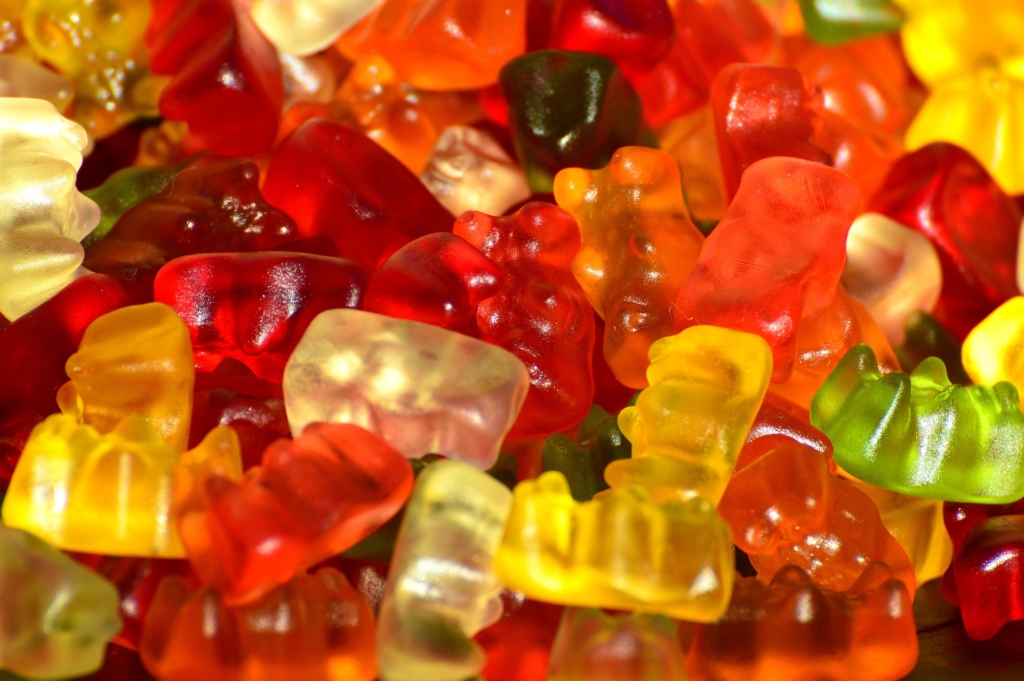
History of Gelatin
It is likely that gelatin has been used for centuries, but the first definitive documented proof of its use is from a 15th century English cookery book that describes how to cook cow’s hooves down to produce a collagen-rich gel. The first patent for gelatin appeared in England in 1754 and through the centuries, methods for extracting collagen from animal bones and hooves became more sophisticated and refined. Products such as Jell-o and Knox Gelatin became popular and widely available in the 19th century.
Cooking with Gelatin
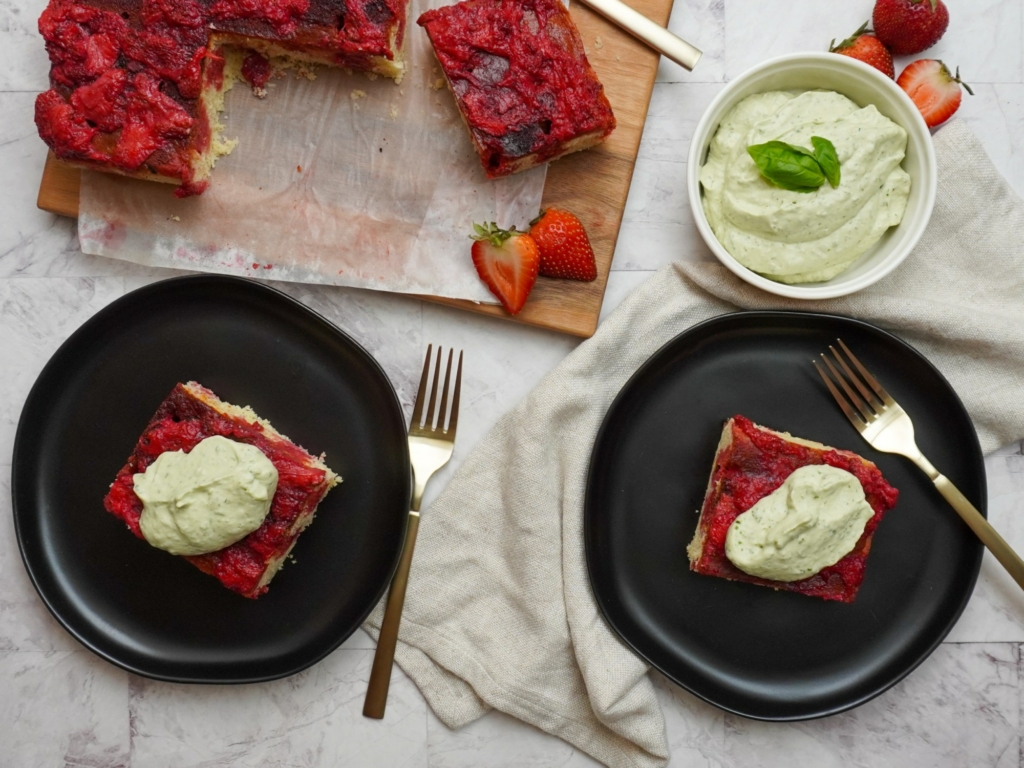
Gelatin can be used in both savory and sweet applications. Jell-O is a classic gelatin product that comes in a medley of flavors from apricot to lime to pineapple. We love adding a touch of strawberry gelatin to our Roasted Strawberry Poke Cake to add vibrant strawberry flavor and color.
Plain gelatin is also a useful ingredient because it allows you to gel together nearly any ingredient while letting that ingredient shine. For instance, our recipe for Rhubarb and Coconut Cream Parfaits uses gelatin to create a rich and creamy coconut custard, perfect for topping with tart rhubarb. A teaspoon of plain gelatin can also be added to store bought stocks and broth to give them the characteristic mouthfeel of homemade versions.
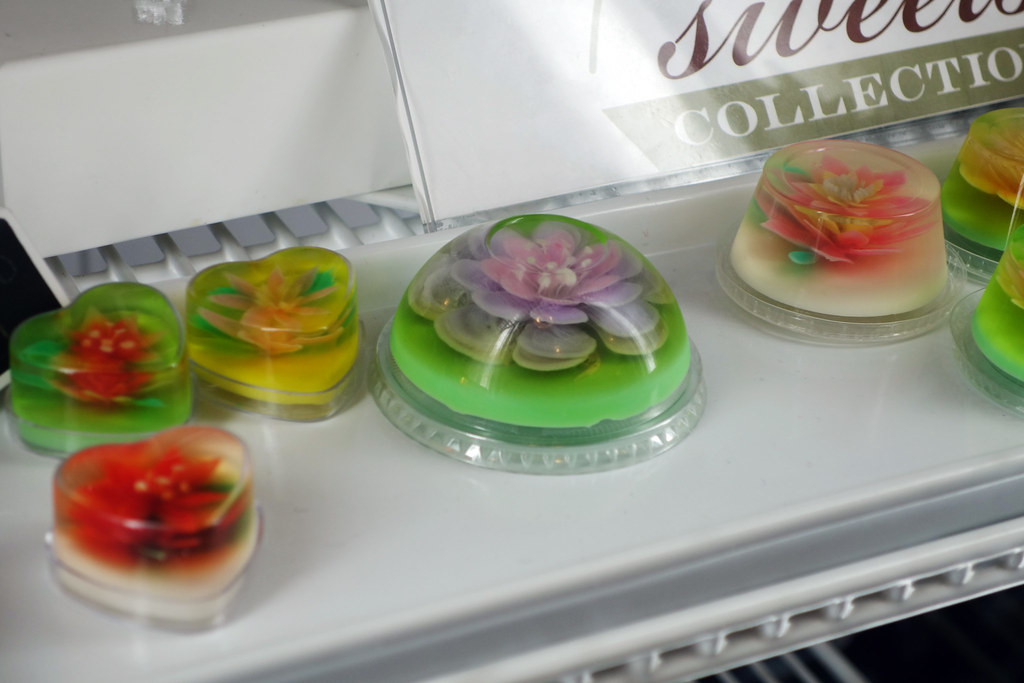
Look for gelatin in the baking aisle of your local grocery store. Follow the instructions on the packaging to determine whether or not you have to soak in water before using.
Feature Image: Flickr user Ervins Strauhmanis ( CC BY 2.0 )


